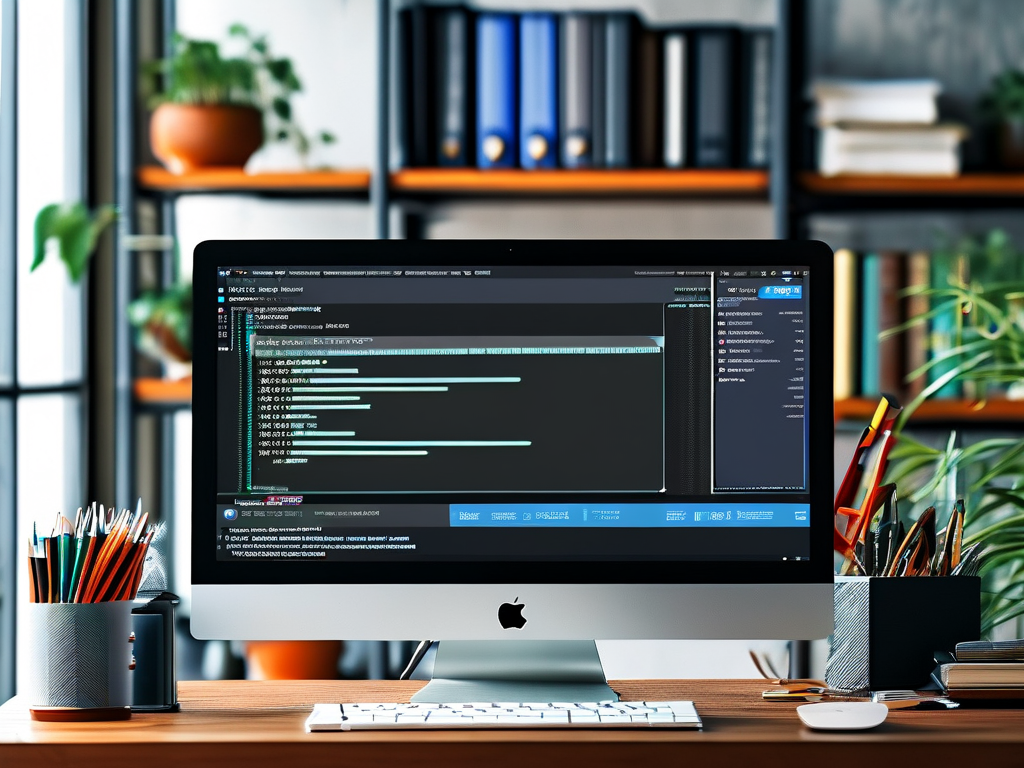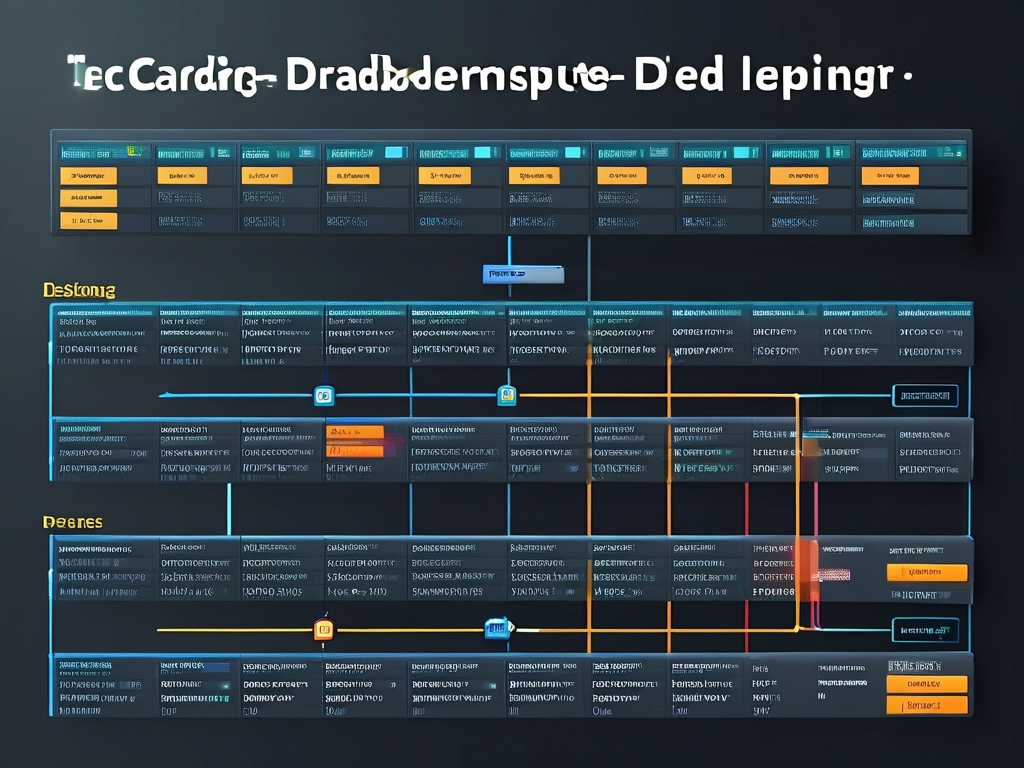Effective database management requires specialized tools to streamline development, optimization, and maintenance. This guide explores practical methods for downloading and implementing database development tools while addressing common challenges.

Understanding Database Tools
Database development and management tools are software solutions designed to interact with relational or NoSQL databases. Popular examples include MySQL Workbench, DBeaver, and Microsoft SQL Server Management Studio (SSMS). These tools enable tasks like query execution, schema design, and performance monitoring.
Download Process Overview
-
Official Sources
Always obtain tools from vendor websites or trusted repositories. For instance:# Example for installing PostgreSQL CLI tool sudo apt-get install postgresql-client
Avoid third-party sites to minimize security risks. Verify SSL certificates (look for "https://") during downloads.
-
Version Compatibility
Check system requirements before downloading. A tool designed for Windows Server 2022 may malfunction on older OS versions. Cross-platform tools like DBeaver often provide separate installers for Linux, macOS, and Windows. -
License Considerations
Evaluate licensing models: open-source tools (e.g., pgAdmin) allow free use, while commercial options like Toad for Oracle require subscriptions. Temporary trial versions help assess functionality before purchase.
Implementation Strategies
After downloading, configure tools to match project requirements:
Connection Setup
Most tools require database credentials and connection parameters. For example, connecting to a MySQL server typically involves:
# Python connection snippet (using mysql-connector) import mysql.connector db = mysql.connector.connect( host="localhost", user="admin", password="SecurePass123!" )
Customization
Adjust interface layouts and enable features like syntax highlighting or auto-complete. Tools like JetBrains DataGrip allow plugin integrations for extended functionality.
Security Best Practices
- Use VPNs when accessing remote databases
- Enable multi-factor authentication (MFA) where supported
- Regularly update tools to patch vulnerabilities
Troubleshooting Common Issues
Installation Failures
Corrupted downloads often cause installation errors. Verify file integrity using checksums provided by vendors.
Connection Timeouts
Firewall restrictions frequently block database ports. Ensure ports like 3306 (MySQL) or 5432 (PostgreSQL) are open in network settings.
Tool Recommendations
-
Cloud-Based Solutions
AWS Schema Conversion Tool or Google Cloud Database Migrator suit cloud infrastructure projects. -
Lightweight Options
SQLiteStudio provides minimal resource consumption for small-scale applications. -
Enterprise-Grade Platforms
Oracle SQL Developer offers advanced features for large organizations but requires significant hardware resources.
Maintenance and Updates
Schedule regular tool updates to access security patches and feature enhancements. Many tools include auto-update mechanisms, though enterprise environments may prefer manual control via IT policies.
Selecting and downloading the right database tools involves balancing functionality, security, and system compatibility. By prioritizing official distribution channels and following implementation best practices, developers can optimize workflows while maintaining data integrity. Always test tools in staging environments before deploying them to production systems.





